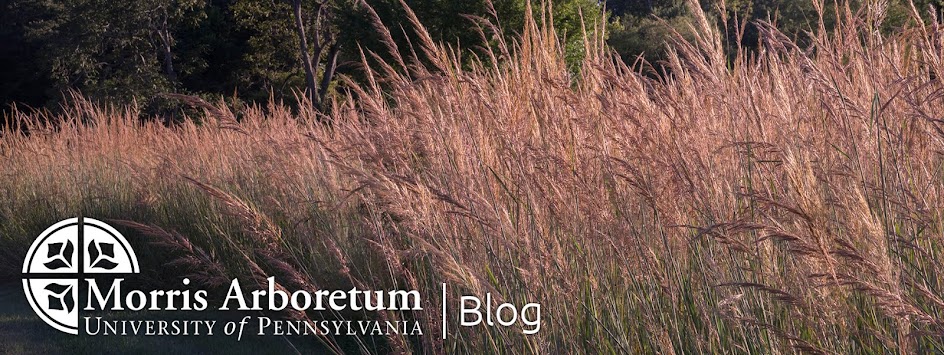 |
| Chickens are excellent helpers for shredding leaves for compost and they add an extra source of nitrogen. |
As we wave farewell to summer and enter the beautiful season of autumn. Leaves are starting to change colors, and soon enough they will drop, rendering the trees bare. Now is the time to start exploring the idea of composting!
Composting your leaves is a worthwhile endeavor for many reasons. It is nature’s best mulch. By composting now, you will be able to reap the benefits of your hard labor either this spring or next! It will also save you money on commercial fertilizers and protect the environment as well.
Compost is made up of organic matter. It serves as food for microorganisms, and keeps the soil in healthy, balanced condition. Do your part, and keep leaves out of landfills. Use them to improve your own garden instead!
STEP 1: Choosing the spot – Regardless of experience, choosing the right spot to set up your compost pile might be the most crucial part. You will need to find a spot with a few key elements. It should be shady and moist, in order to allow for decomposition to take place, which is ultimately the breakdown of the leaves. It would also a good idea to set up a wire gate surrounding the compost area of choice, so that your leaves do not blow around.
STEP 2: Collect and shred your leaves – Leaves can be easily shredded with a lawn mower, but there are other options too - chickens! If you happen to have chickens, pile up your leaves in a contained area, and let the chickens roam on top. They will have the leaves shredded in a few days and will add an extra source of nitrogen.
This step is not to be overlooked. Shredding your leaves will help them to break down faster and prevent them from matting together. Matted leaves decrease the amount of water and air penetration, which in turn, slows the decomposition process.
STEP 3: Be Patient – Composting leaves is not a quick process, but your efforts will not go to waste! Hopefully by the time spring rolls around you will be able to spread your transformed compost around your garden as mulch.
TIPS: If you don’t want to do a leaf-only compost which is referred to as leaf mold, here are a few things you can try. Add lawn clippings and/or nitrogen rich sources (i.e manure, which works great). There are also many resources that can help guide you into becoming a compost expert. So if you are interested in learning more about how to compost, I highly suggest that you set aside some time for more in depth research.
Article contributed by guest Garden Blogger Betsy Thompson.
Sources:
http://compostguide.com/how-to-choose-a-compost-site/
http://www.the-compost-gardener.com/composting-leaves.html#hard
https://www.youtube.com/watch?v=Z-c5E2dtk0Q
http://www.gardeners.com/how-to/put-fall-leaves-to-work/5402.html
http://www.leaveleavesalone.org/Leaf_Mulching_Tips.html

No comments:
Post a Comment